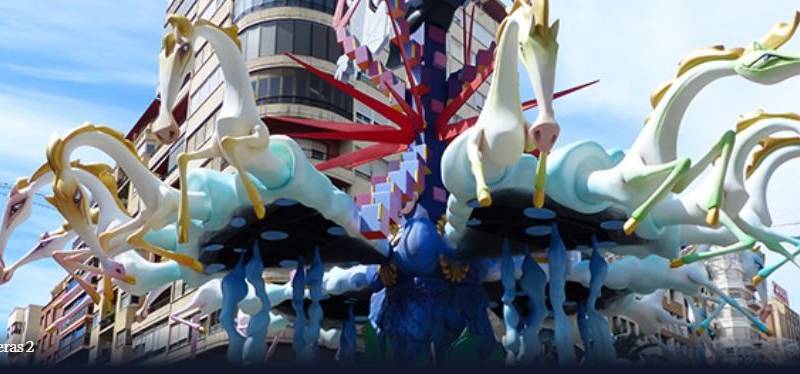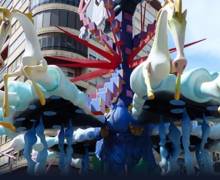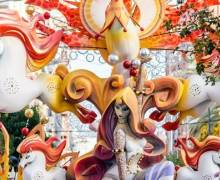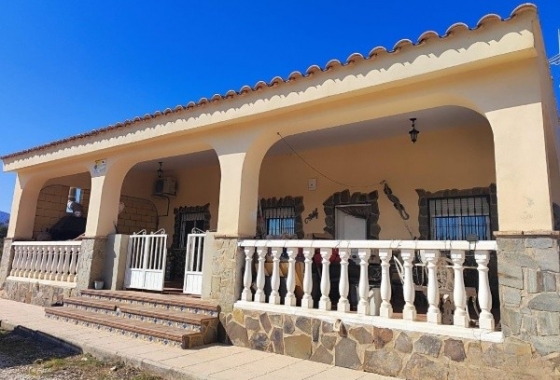The Fires of San Juan in Alicante 2025

It is no wonder that they are a festival of international tourist interest and attract thousands of people from all over the world every year.
Although this holiday was formally established in 1928 by the local government to attract tourism, in reality it has been celebrated since time immemorial by almost all the inhabitants of Alicante, who would gather on June 23 to eat dinner in the countryside, taste typical products and at midnight light bonfires and dance around them. There was no shortage of fireworks or sea bathing in the moonlight.
Today the spirit of the festival has not changed much.
It begins on June 20 with La Plantá,
when a large bonfire and a bonfire for children are set up in each district, where they participate in a general competition. The previous evening sees the appearance of bands, whose musicians usually wear traditional peasant costumes.
On the following days, June 21 and 22,
floral offerings are made to the patron saint of Alicante, Our Lady of Remedio. Beauties and ladies from each district, dressed in beautiful traditional costumes, lay their bouquets before the image of the Virgin Mary in the Co-Cathedral of San Nicolás, creating an impressive and colourful tapestry at her feet that delights visitors.
The celebrations continue on 23 June with the International Folklore Parade, which features colourful floats, dance groups, marching bands and groups of dancers from different countries who dance to traditional music.
But then comes the magical night, the longest of the year, on 24 June, the feast of St. John the Baptist.
Then begins the famous Cremà, the lighting of about 90 bonfires throughout the city.
Why are the inhabitants of Alicante so interested in fire?
It is believed that all this stems from the fact that ancient civilizations, noticing that starting from 23 June - as summer progressed - the days became shorter, lit large bonfires to help the sun save energy.
Today, the bonfires are real artistic manifestations, and all of them feature interesting and striking ninots at their base, satirical human figures made of flammable materials. Some of them are pardoned and saved from the fire by popular vote.
The festive atmosphere does not subside throughout the night; quite the opposite.
At 12 o'clock, a monumental fireworks display begins from the white palm tree on the nearby Benacantil mountain — recognizable by the famous Santa Bárbara castle that stands on it. This tradition dates back to 1932.
In addition, in each district there are about 70 barracas (closed streets filled with bars, stages, a great atmosphere and even better food and drinks) where young and old dance to the music. If you visit Alicante at the end of June, do not hesitate to meet the locals and take part in their celebrations — you will be one of them!
















